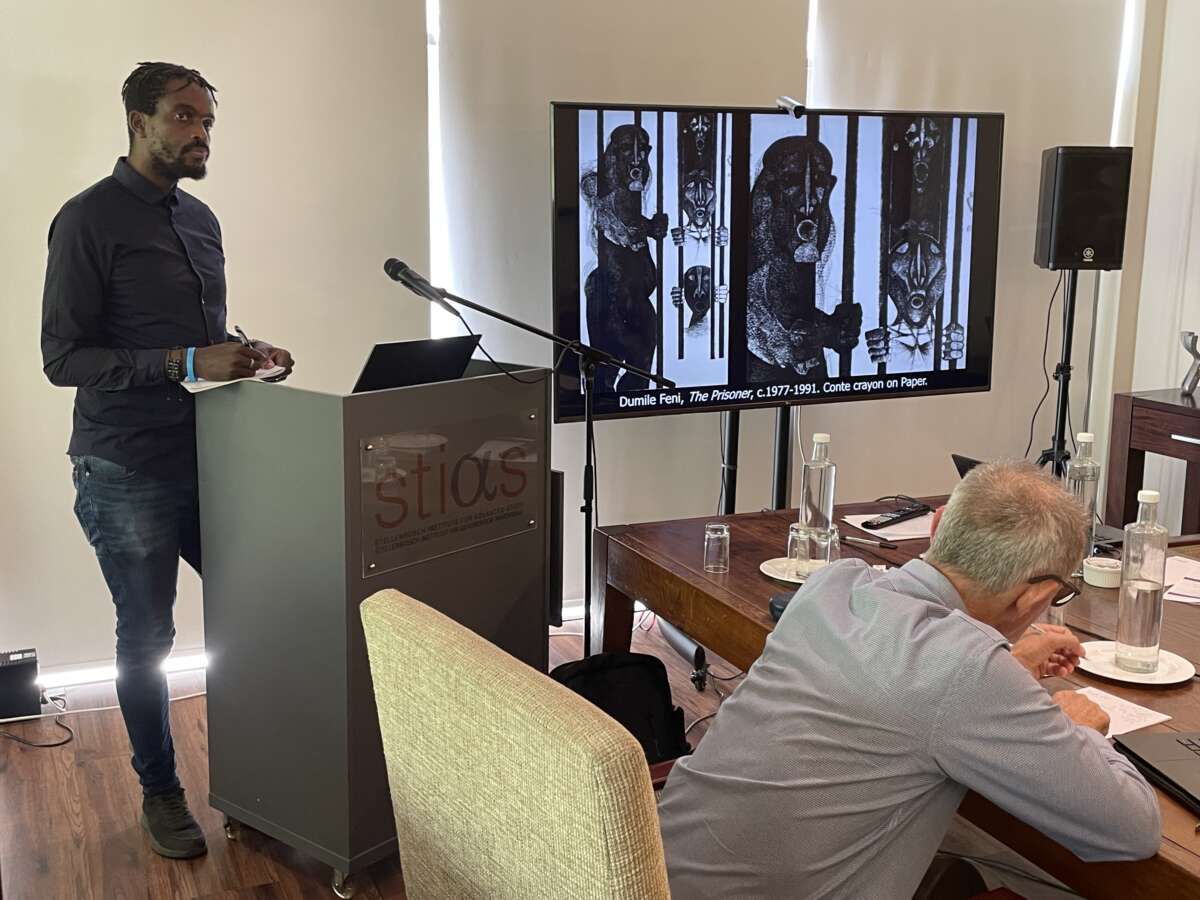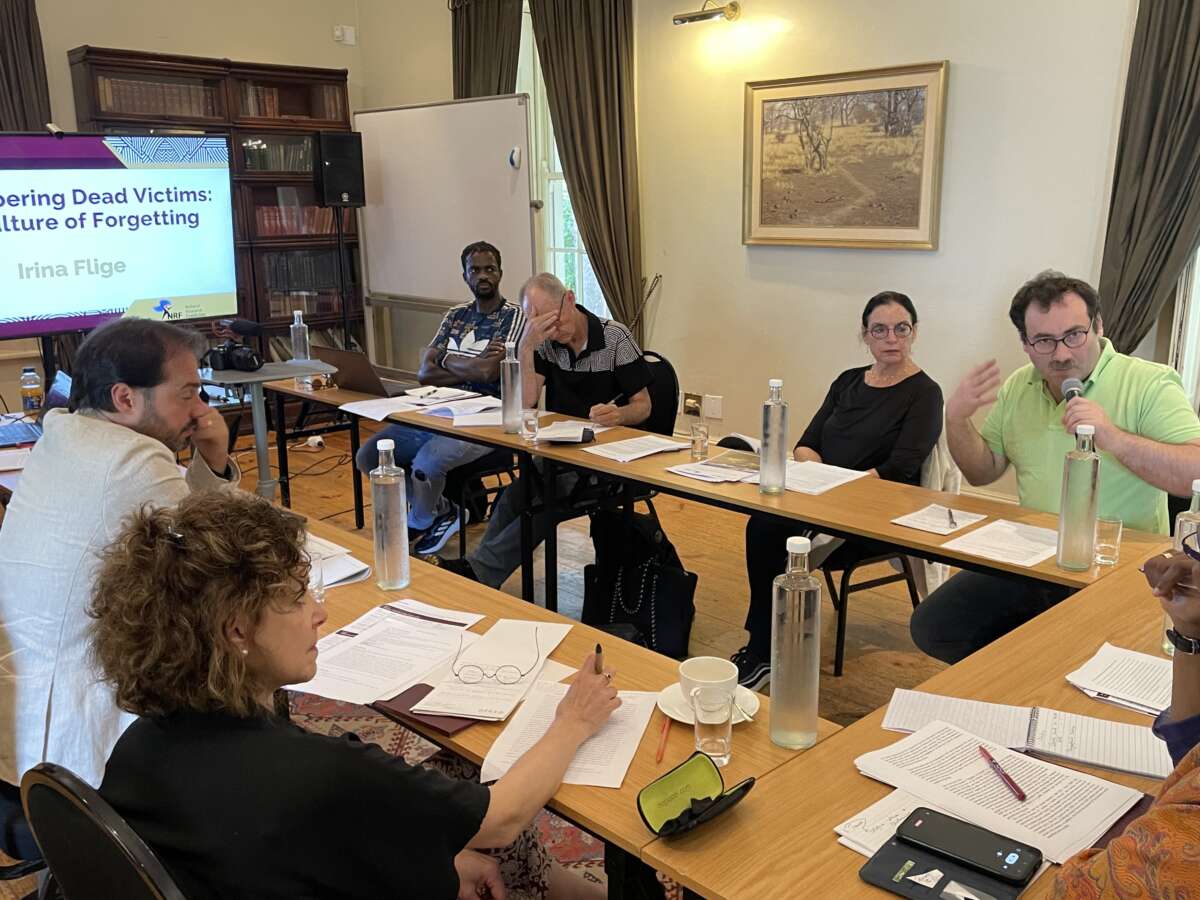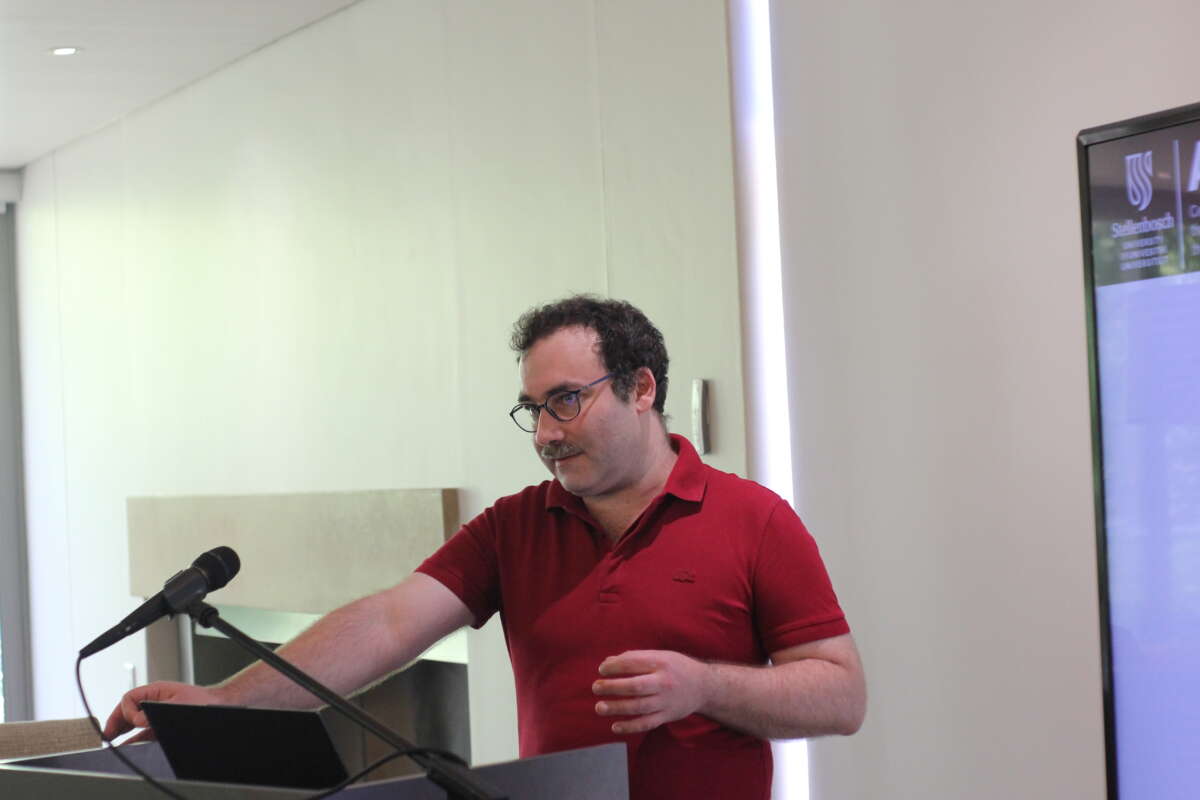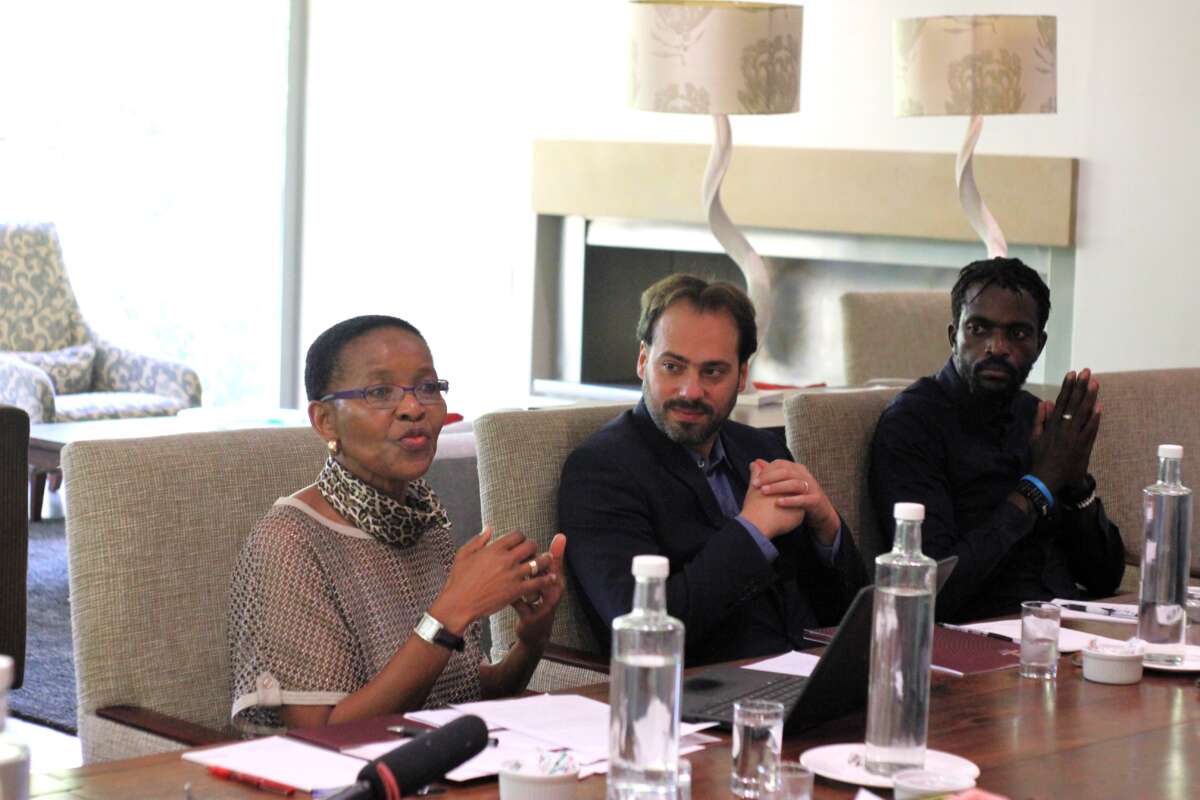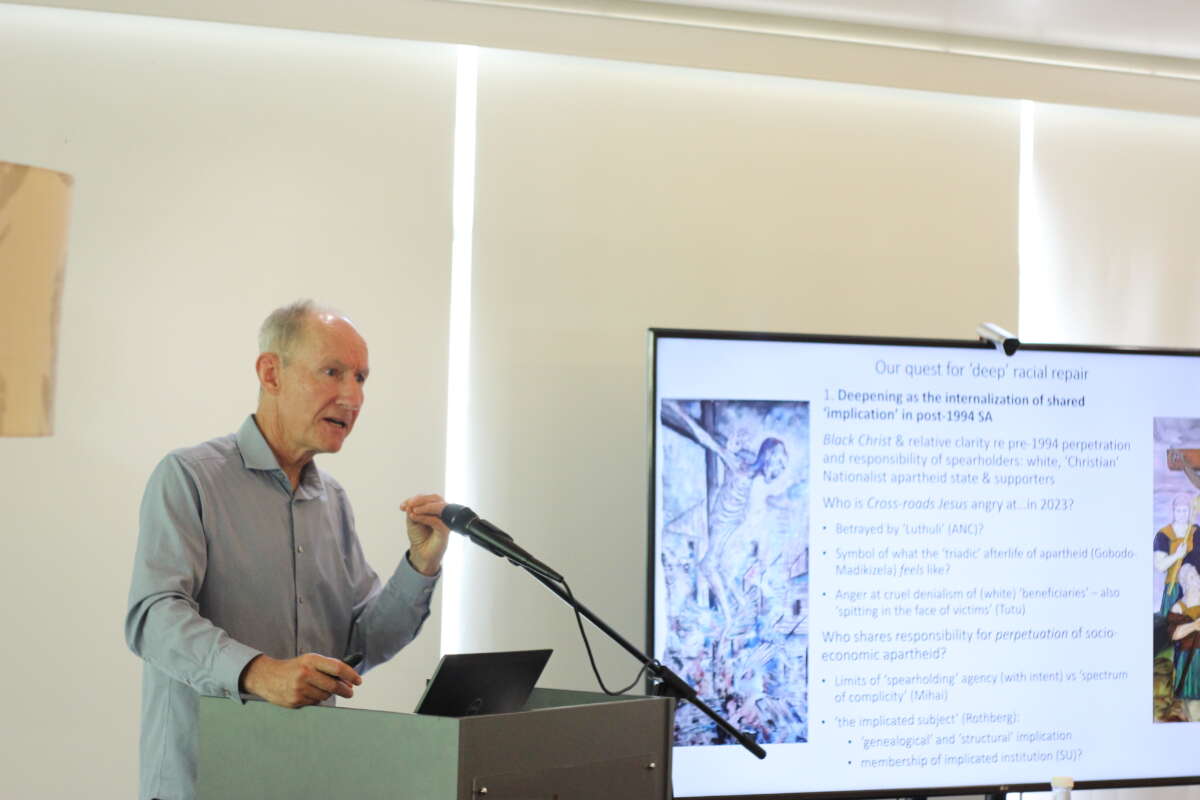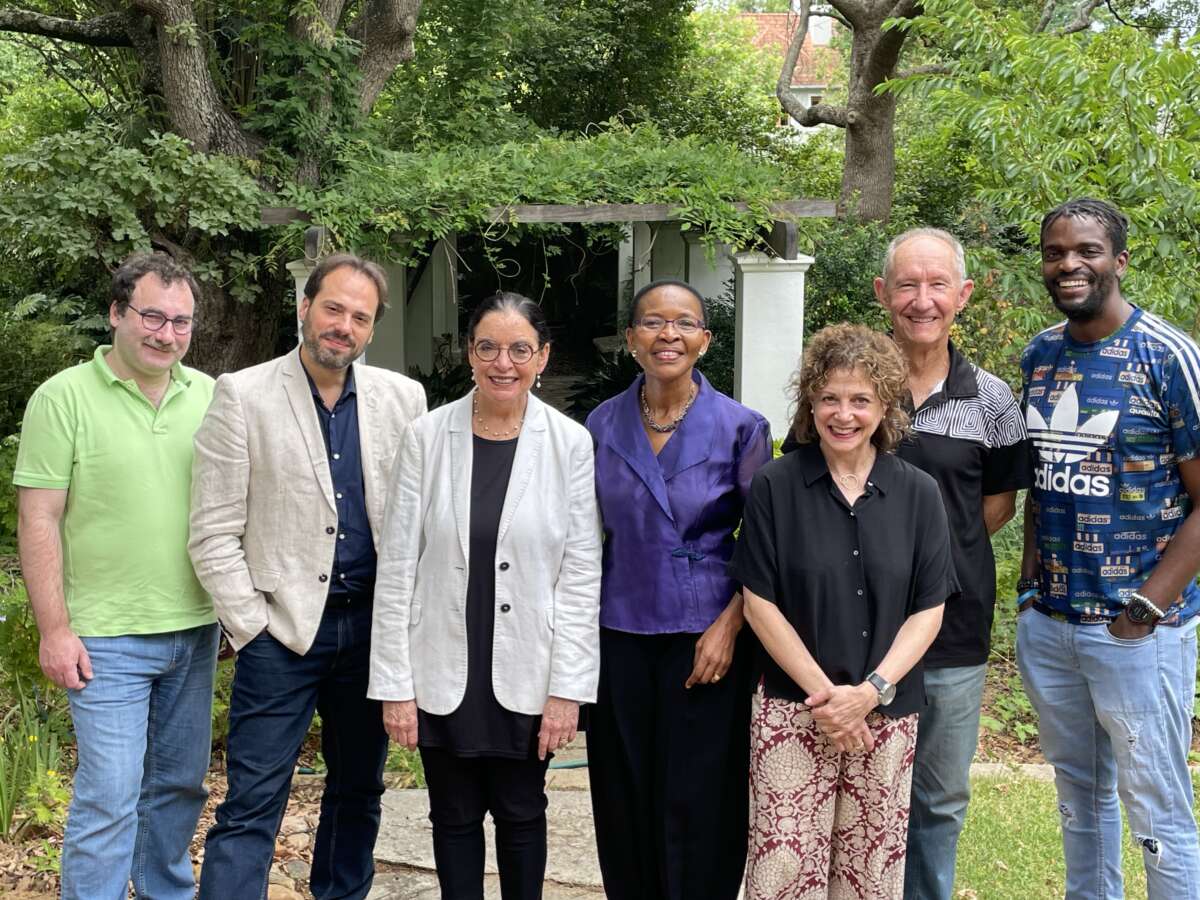A Confluence of Minds and a Memorable Conversation with William Kentridge
Stellenbosch Institute for Advanced Study (STIAS)
In a symphony of intellect and artistry, the recently concluded Colloquium on “Art, Aesthetics, and Comparative Histories of Gulag and Apartheid” emerged as an accomplishment of collaboration and scholarly exploration. The warm invitation extended to participants set the stage for a gathering that transcended boundaries, fostering an atmosphere of shared inquiry and intellectual camaraderie.
Notably, the event boasted a lineup of distinguished presenters, including the captivating Prof Irina Filatova, whose presentation on “Life and Art in the Gulag” illuminated the resilience of the human spirit amid adversity. Dmitriy Pritykin’s reflections on “Memory That Does Not Work” challenged our perceptions of historical recollection, prompting profound contemplation.
Dr Pfunzo Sidogi’s “Sophisticated Concentration Camps’: Images of the Beauty and Brutality of Black Life during Apartheid” painted vivid portrayals of a tumultuous era, while Dr Andrea Gullotta’s poignant discourse on “‘His Name is Pyotr’: Rehumanization of the Dehumanized in Soviet Repression Literature” showcased the transformative power of narratives in Gulag literature.
Dr Wilhelm Verwoerd’s exploration of imagery in “Beyond denial and despair? Black Christ, ‘Cross-roads Jesus’ and our quest for a ‘post-apartheid’ South Africa” added a layer of symbolism to the conversation, enriching our understanding of post-apartheid identity. Despite her absence, Irina Flige’s work on “Remembering Dead Victims: The Culture of Forgetting” found resonance through insightful discussions led by Dr Gullotta’s.
Strategic and intellectual guidance for the colloquium was provided by Prof Tamar Garb, Prof Pumla Gobodo-Madikizela, and Prof Nancy Adler, who are the editors for the book project born from this colloquium series. The editors’ expert guidance ensured that the diverse presentations seamlessly coalesced into a cohesive narrative, promising a groundbreaking publication that will shape the discourse on the intricate relationship between the comparative nature of art, aesthetics, and historical narratives.
The event reached its pinnacle with an engaging conversation between renowned artist William Kentridge and Prof Tamar Garb. Kentridge’s unique perspective and artistic insights added a dynamic dimension to the discussions, elevating the colloquium to an unforgettable intellectual experience.
As the colloquium concluded, it left an indelible mark, not only in the minds of participants but also in the promise of a lasting impact on scholarly discussions. The convergence of minds and the memorable conversation with William Kentridge solidified this event as a beacon of collaborative exploration, where art and intellect intersected to create a harmonious dialogue that transcends boundaries.


